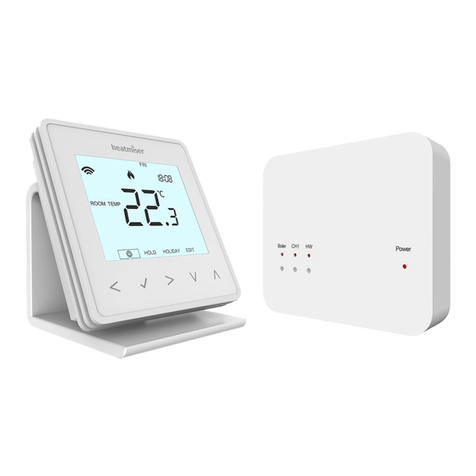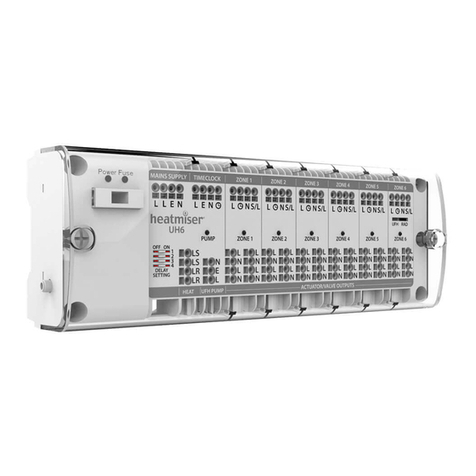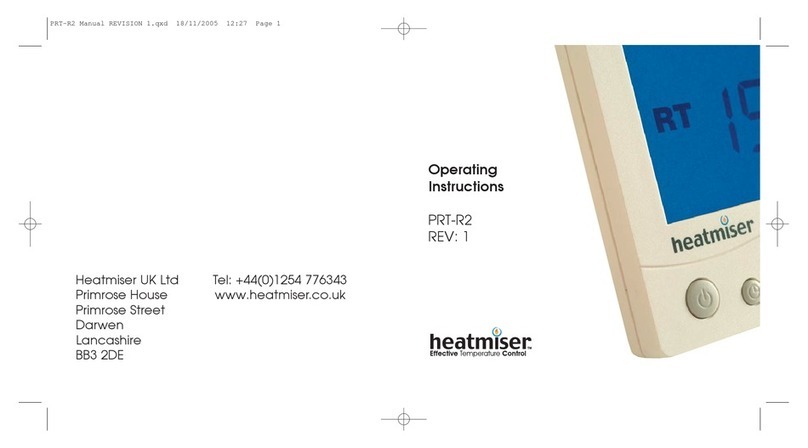Heatmiser PRT-EN1 Slimline Series User manual
Other Heatmiser Thermostat manuals
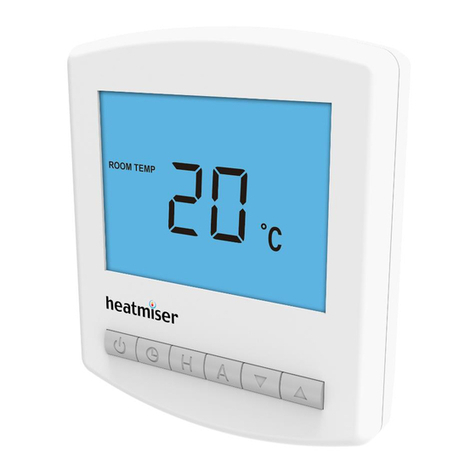
Heatmiser
Heatmiser DT-W User manual
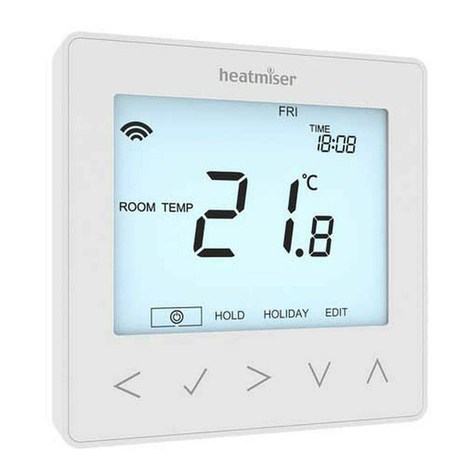
Heatmiser
Heatmiser neoStat-hw V2 User manual
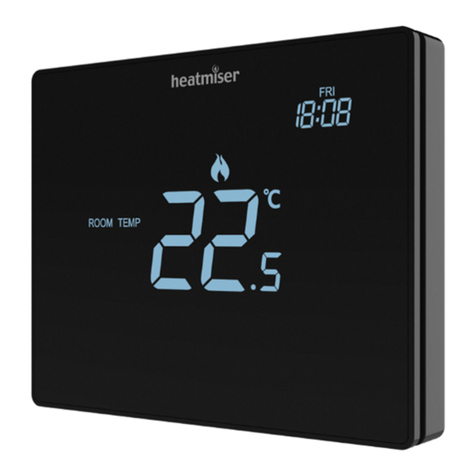
Heatmiser
Heatmiser Touch Series User manual
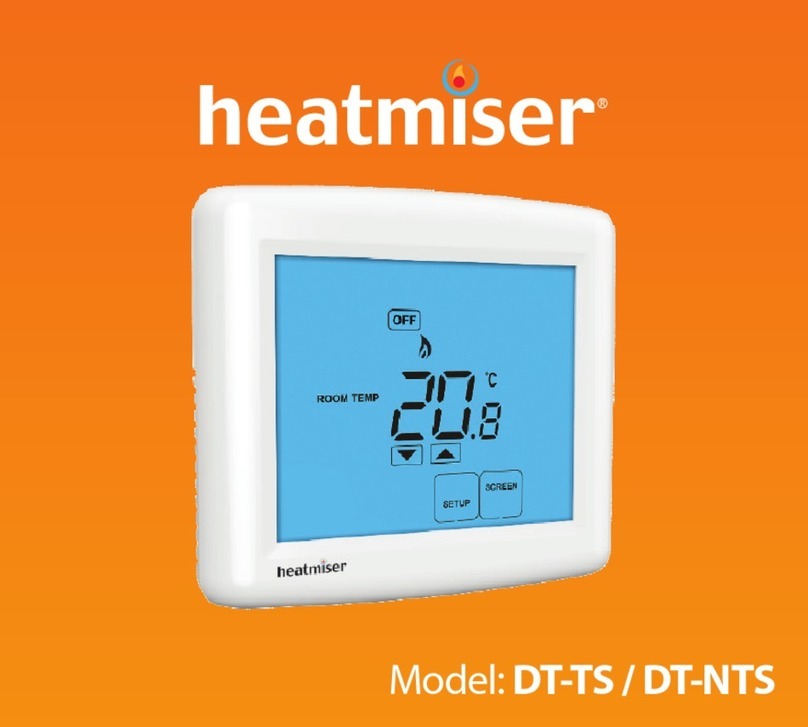
Heatmiser
Heatmiser TouchScreen Series User manual

Heatmiser
Heatmiser neoUltra User manual
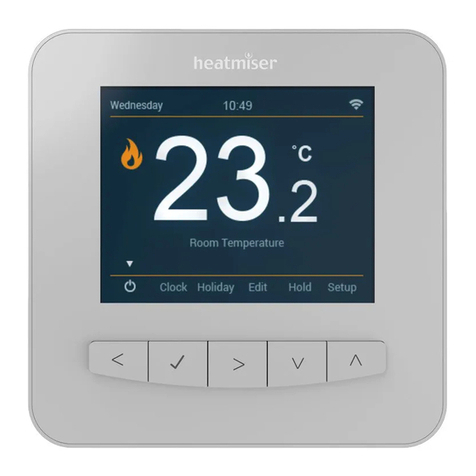
Heatmiser
Heatmiser smartstat User manual

Heatmiser
Heatmiser PRT-E User manual
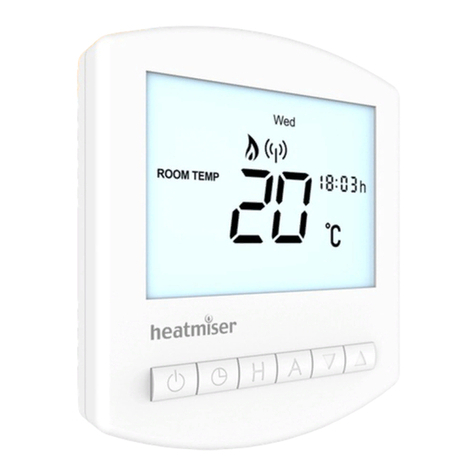
Heatmiser
Heatmiser PRTHW-W User manual
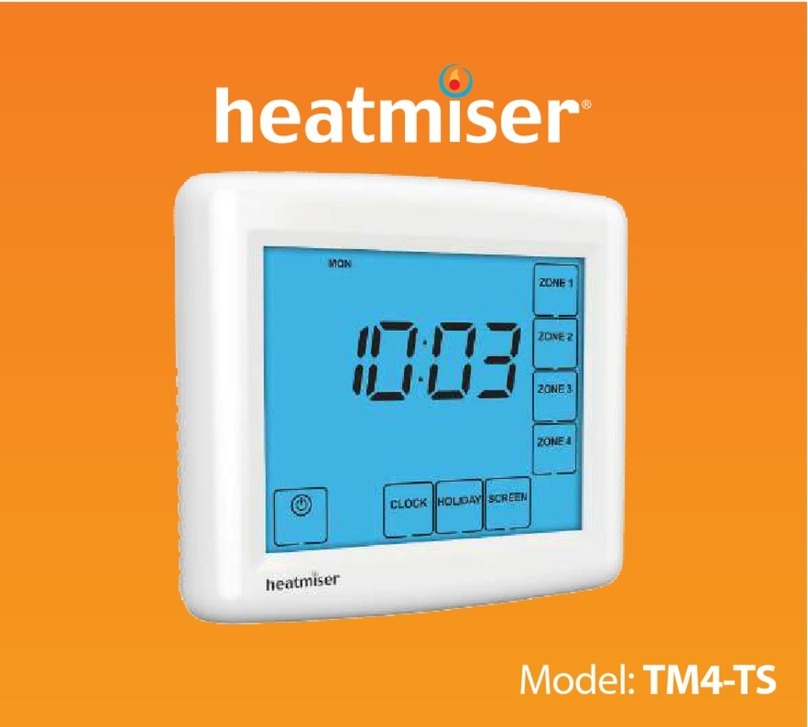
Heatmiser
Heatmiser TM4-TS User manual
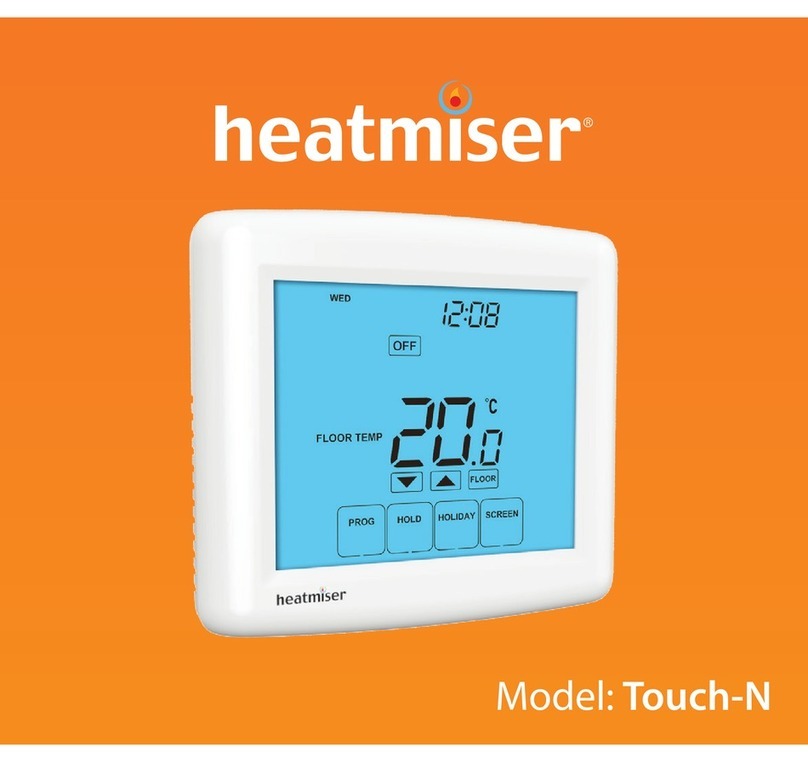
Heatmiser
Heatmiser touch-n User manual

Heatmiser
Heatmiser PRT-W User manual

Heatmiser
Heatmiser Slimline Series User manual

Heatmiser
Heatmiser DS1-E User manual
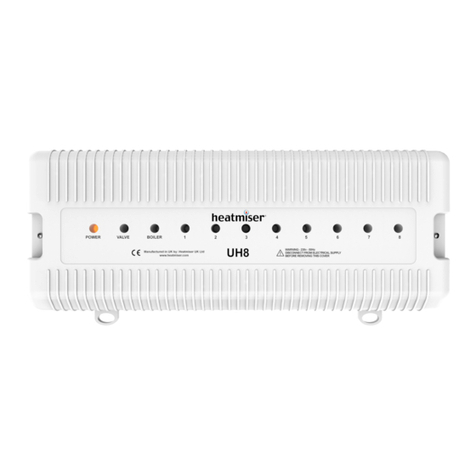
Heatmiser
Heatmiser UH8 User manual
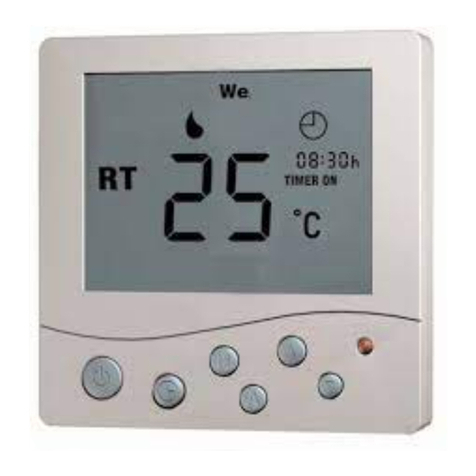
Heatmiser
Heatmiser DT User manual

Heatmiser
Heatmiser PRT-EAU1 User manual

Heatmiser
Heatmiser DT User manual

Heatmiser
Heatmiser PRT-ETS User manual
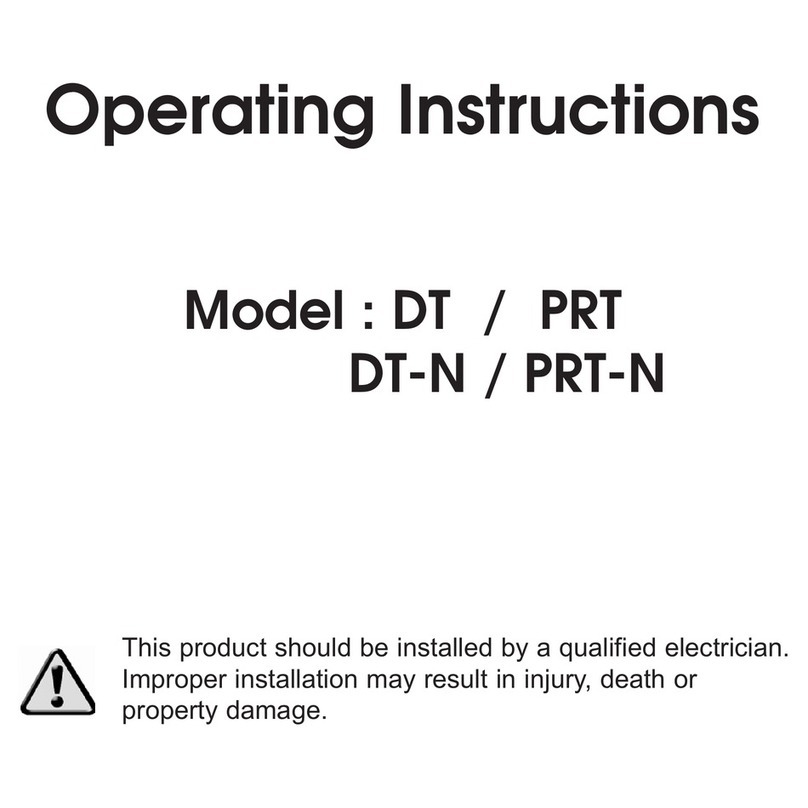
Heatmiser
Heatmiser DT User manual
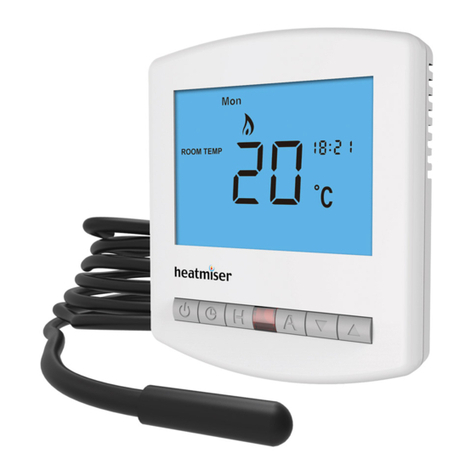
Heatmiser
Heatmiser Slimline-E User manual
Popular Thermostat manuals by other brands

Charmeg
Charmeg MP-R user manual

dixell
dixell WING XW40LS Installing and operating instructions

Network Thermostat
Network Thermostat NetX X7C-WIFI Installation and programming manual

Radio Thermostat
Radio Thermostat CT80 Operation guide

HAI
HAI Omnistat RC-120 installation manual

Lennox
Lennox iComfort E30 Installation and setup guide

Lux Products
Lux Products PSD011Ba Installation and operating instructions

Computherm
Computherm Q20 operating instructions

Mars
Mars HEAT CONTROLLER IR Wireless Thermostat user manual

LUX
LUX LP0511D user manual

Saswell
Saswell SAS920XWHB-7-S-RF User manual and warranty card

Aircalo
Aircalo TFP1-ET85P2 operating manual
